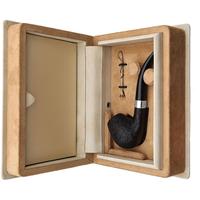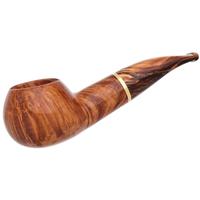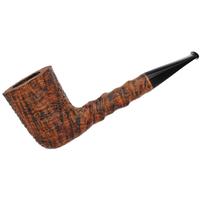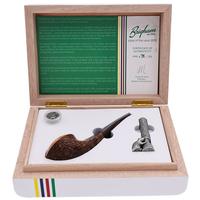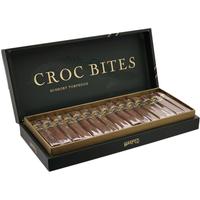Sugar isn’t the key factor in the fermentation of tobacco... Over the period of fermentation the sugars degrade. Enzymes present within the leaf and secreted by microorganisms are the primary driver. Changes to the chemical constituency and synthesis of new enzymes is the fermentation.
The whole chemical process of fermentation and aging of tobacco is quite a complex mechanism.
Whereas fermentation of simple sugars is what takes place in brewing...
I have found that generally speaking, Virginias age well- by which I mean that after being tinned or sealed in a jar, over time, they gain sweetness, smoothness, and depth of flavor.
I have found that burley does not age period- by which I mean it doesn’t change at all given the same conditions above.
I always attributed the difference to the very low sugar content of burley vs the high sugar content of Virginias. Basically age = fermentation and more sugar = more fermentation. In other words I have always thought that the sugar content was the primary driver. Adding to my conviction that sugar is the primary driver is that C&D VAs simply don’t age like McC VAs or Samuel Gawith VAs, the latter two having a much higher natural sugar content that you can determine just by taste in smoking them. You can also look at the label of the CRF tins where they list the sugar content as 8-10% depending on the year and compare that with McNeil‘s comment I mentioned above or any number of publicly available documents on the usual range of sugar content for VA tobacco. My guess is that CRF is at worst typical of C&D VAs and more likely on the high end for sugar content among the VAs they use.
One wrinkle could be the effect of natural sugar content on aging vs sugars added via casing. C&D seems to be averse to casing in general, at least compared to other blending houses.
I like CRF, really like CRF+P, and I backed up the truck for XX Flake Dark. I just don’t expect them to change much over time as they all seem to use low sugar VAs.



